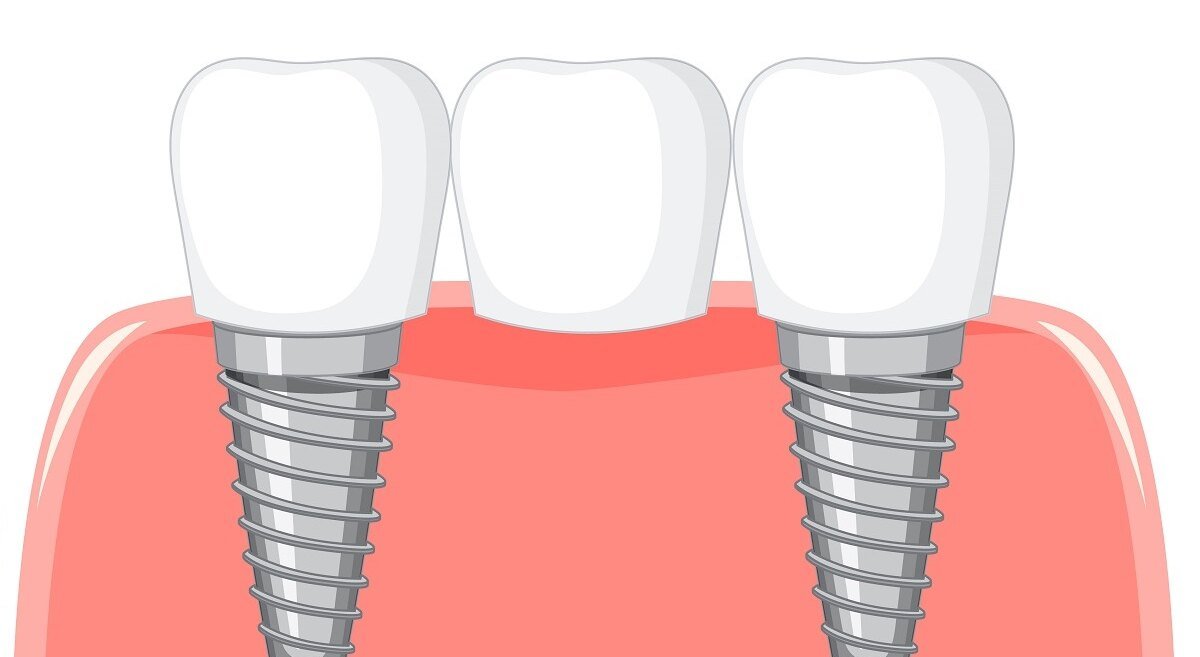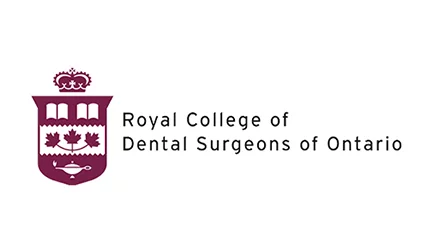A dental bridge in Ontario is amongst the list of modern-day dentistry techniques used to improve the aesthetics of teeth. The experts use a Dental bridge in Ontario to fill the gap left when a tooth is lost or removed from the jaw.
Expert dentists claim that a bridge helps replace the crown (visible part of the tooth above the gum line). Some bridges are designed to replace just a single tooth, while others can replace several.
Cement or dental bonding is used to attach the bridge on the right and left sides of the gap. Bridges for teeth maintain your natural look; nobody can easily judge that you are wearing bridges. However, dentists advise caring for bridges as proper care will result in the bridges lasting for 15 years.
TYPES OF DENTAL BRIDGES
Experts have divided bridges into 4 types:
- Traditional Bridges
- Cantilever Bridges
- Maryland Bridges
- Implant-supported bridges
1. TRADITIONAL BRIDGES
A traditional Dental Bridge is a common type of bridge where the tooth on either side of the gap is covered with a crown ( a cap covering the entire tooth). Dental bridges are artificial teeth that are attached to these crowns. Traditional bridges are a suitable option when you have natural teeth on both sides of the gap.
2. CANTILEVER BRIDGES
Like traditional dental bridges, the crown holds the pontic in a cantilever bridge. The expert dentists claim that an individual needs to have a natural tooth on either side of the missing teeth to become eligible for dental bridges.
3. MARYLAND BRIDGES
Maryland bridges take on two natural abutment teeth, one on either side of the gap. Whereas a traditional bridge uses a dental crown on abutment teeth, Maryland bridges use porcelain cemented on the backsides of abutment teeth. Therefore, the Maryland bridge is used only when you have natural teeth on both sides of the gap.
4. IMPLANT-SUPPORTED DENTAL BRIDGES
These types of bridges are used in the place of crowns or frameworks. A single implant is employed for missing teeth; these implants keep the bridge in place. If a single implant for a missing tooth is not possible, the bridge might have a pontic suspended between two implant-supported crowns.
A dental bridge is a seamless procedure that brings back your natural smile. Moreover, it helps you improve chewing function, improve speaking and maintain natural facial structure. Furthermore, it prevents teeth from shifting and gives you a sense of relief from the pain of losing a natural tooth.
DENTAL BRIDGES COST IN ONTARIO
Dental bridges are a less time-taking and more affordable procedure in terms of cost. In several provinces, the government offers insurance to its citizens. Moreover, private firms also cover almost 50-70% of the treatment cost. The experts claim that dental bridge costs vary from state to state and case to case.
If the patient’s condition is critical, the dentist may have to perform a separate procedure before the dental bridge procedure. According to a Tooth Bridge cost Canada survey, a bridge cost ranges from $500-$1200. This is the average cost, and several provinces are charging $1000-%1800 for the dental bridge of a single tooth.
ALTERNATIVES TO DENTAL BRIDGES
While your dentists may suggest dental bridges to restore the face’s natural structure, you may not want to go for that option. Dentures in Ontario are an option if you are looking for a substitute. Expert dentists indicate that dentures are natural-looking tooth replacements. One can opt for full or partial dentures depending on the missing teeth.
1. FULL DENTURES
Dentists might suggest a complete set of dentures to you when all your natural teeth need to be removed or you have lost them. The experts will place dentures by creating a seal with bone ridges, palate (mouth roof), and gums. Moreover, the complete lower denture will be held using dental implants.
2. PARTIAL DENTURES
Partial dentures are suitable for people who want to replace one missing tooth in the lower or upper jaw. They are prepared with gum-colored bases that will attach to your supporting teeth. Professional dentists explain that often the patient has to go for the implant to ensure dentures fit comfortably.
3. IMPLANT-SUPPORTED DENTURES
Apart from the above two, you can go for implant-supported dentures designed to improve your biting function. Implant-supported dentures are highly stable, but your bone density should be enough to accommodate them.
4. RESIN-BONDED BRIDGE
Resin-bonded bridges function exactly like your natural teeth. However, the dentist will use resin to attach the bridge instead of adjacent teeth. Resin is employed behind the teeth to offer stability to the artificial teeth. According to the experts, resin-bonded bridges are less invasive, and you can reverse the process when required.

PROCESS OF INSTALLING DENTAL BRIDGES
PREPARATION OF TOOTH AND TEMPORARY BRIDGE
The dental bridge installation process requires the patient to visit the dentist’s office twice to book an appointment. In the first visit, the dentist will prepare the affected teeth and take impressions to start making your permanent dental bridge.
The dentist will use local anesthesia to reduce pain and ensure comfort during the procedure. Next, the dentist will prepare your supporting teeth (abutment teeth).
Next, your tooth enamel and other structures will be removed to create a clear pathway to another tooth. After shaping the tooth, impressions will be sent to a laboratory to prepare a custom dental bridge.
During the preparation of the permanent bridge, the dentist will insert a temporary bridge on newly shaped teeth. If the health of surrounding teeth is not enough to accommodate the bridge, then an implant will be employed in the jawbone.
PERMANENT BRIDGE
It’s time for you to visit the clinic a second time as your permanent bridge is ready. The dental expert will remove your temporary bridge and clean the place again. He will inject local anesthesia if you are feeling pain or discomfort. An X-ray will be taken to ensure the dental bridge fits permanently. Now the bridge and teeth will be attached with the help of a dedicated dental cement.
AFTERCARE
Although the process of installing dental bridges is seamless, you have to ensure proper aftercare. The bridge area is often hard to clean and that can cause plaque build-up. Therefore, you should rinse your mouth with a trusted mouthwash and clean your teeth twice daily. Often patients feel pain and swelling after their bridge is attached. Dentists suggest painkillers and over-the-counter medicines to reduce pain. One should be careful with eating habits, and avoid chewing hard foods like nuts, candies, and ice cubes.










